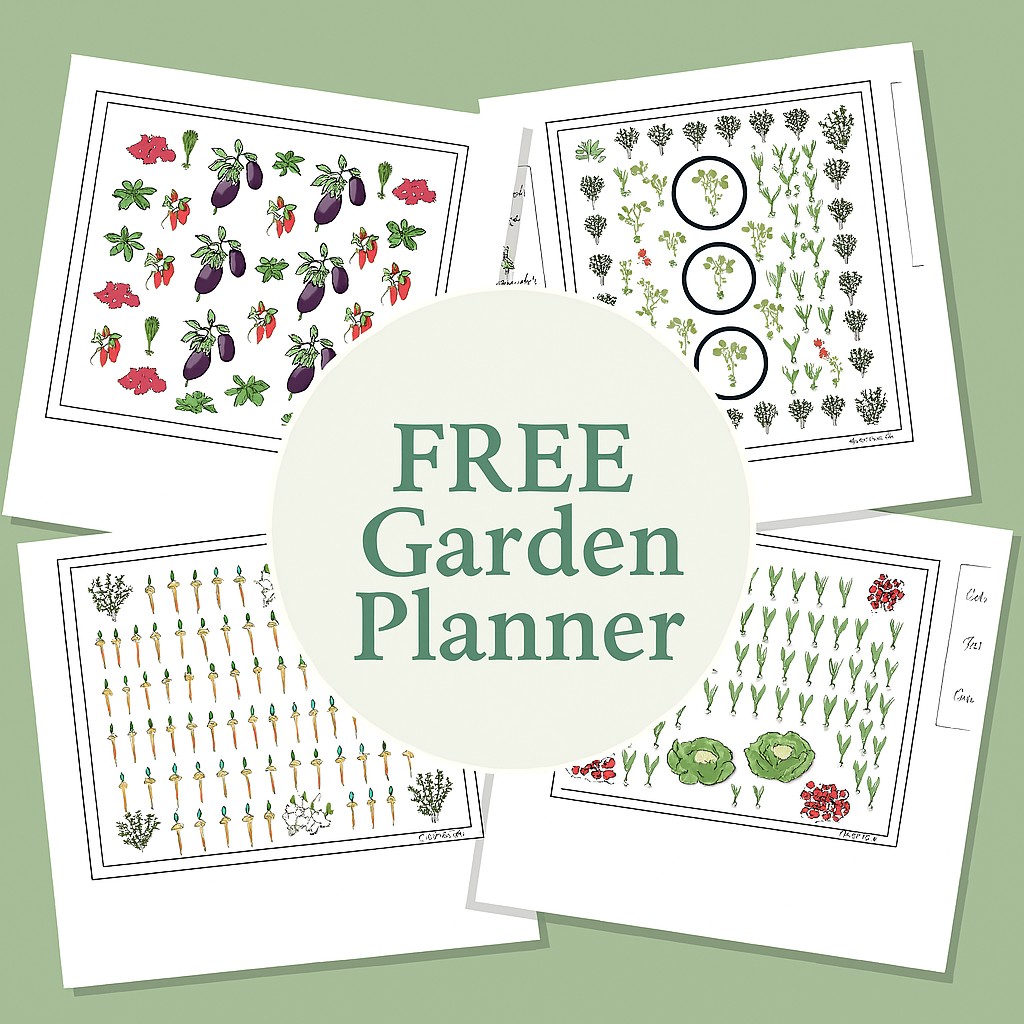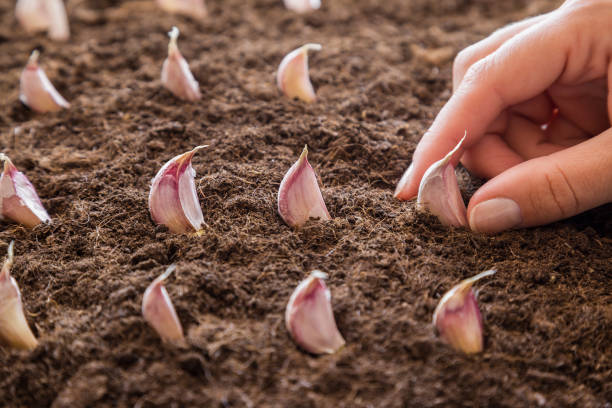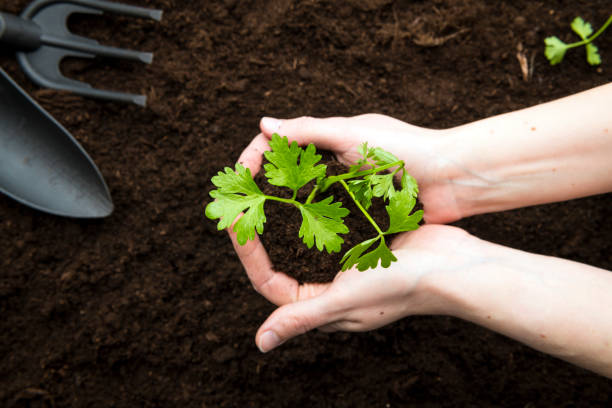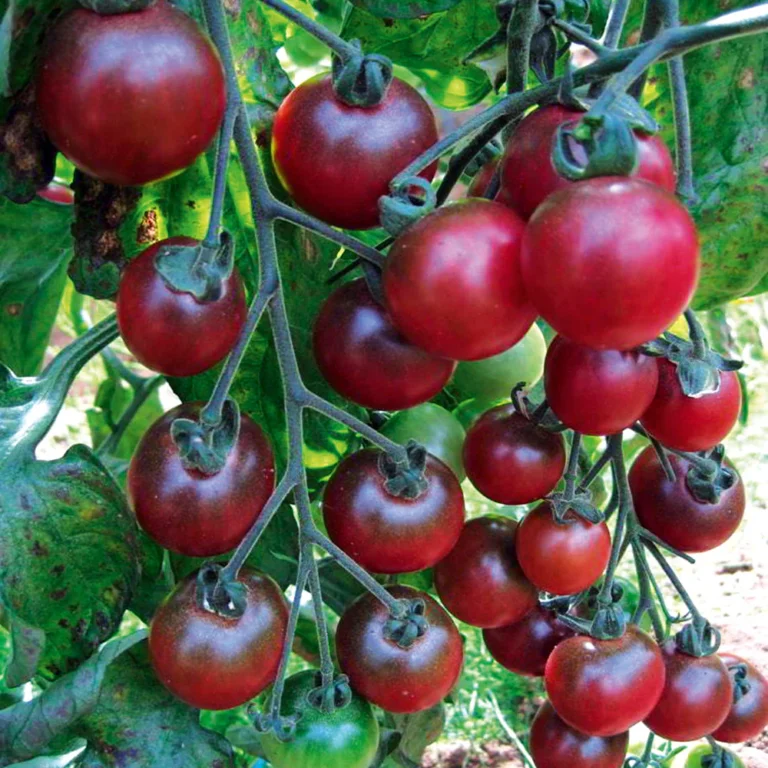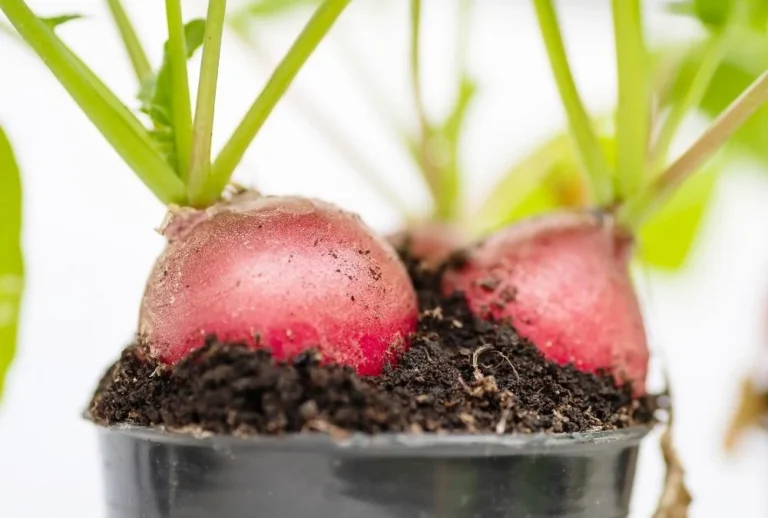Root Vegetables You Can Still Plant in Autumn
When fall settles in, many gardeners think the season is nearly over. But in truth, the cooler months are perfect for root vegetables.
These crops quietly thrive underground while the air above grows crisp.

Carrots, beets, and turnips love the cooler soil and can reward you with hearty harvests before winter truly arrives—or even early in spring, depending on your climate.
Why Root Vegetables Thrive in Fall

Root crops don’t demand the blazing sun or long growing season that summer vegetables do. Instead, they prefer steady, cool weather that allows their roots to develop slowly and evenly.
As temperatures dip, the starches in many roots convert to sugars, making them sweeter.
That’s why fall-grown carrots taste richer and turnips milder compared to those grown in summer heat.
Carrots: Sweet and Crisp in Cool Weather

Carrots are one of the best vegetables to plant in autumn. They grow steadily in cooler conditions, developing that signature sweetness after a light frost.
Care Notes
- Soil: Loose, well-drained soil is essential to prevent forked roots.
- Light: Full sun to partial shade.
- Water: Consistent moisture helps roots grow long and straight.

Container Tip
For smaller spaces, choose a shorter variety like ‘Paris Market’ or ‘Thumbelina.’ A deep pot filled with sandy soil will keep them happy and uniform.
Beets: Dual-Purpose Beauty

Beets are another excellent fall crop because they offer both edible roots and tender greens. The cooler weather intensifies the color and sweetness of their bulbs.
Care Notes
- Soil: Fertile, loose soil with plenty of organic matter.
- Light: Full sun, though they’ll tolerate a touch of shade.
- Water: Even watering keeps roots tender and prevents splitting.

Pairing in Containers
Plant beets with spinach or lettuce in a wide planter. The leafy greens fill the top layer while beets expand underground, giving you two harvests in one pot.
Turnips: Fast and Versatile

Turnips are quick growers, ready to harvest in as little as six weeks. Their peppery flavor mellows after frost, and the leafy tops are excellent for cooking as well.
Care Notes
- Soil: Moderately rich, not overly fertilized, to avoid leafy growth at the expense of roots.
- Light: Full sun preferred.
- Water: Steady moisture makes turnips tender rather than woody.

Small-Space Trick
In balcony boxes or shallow tubs, plant turnips more densely and harvest them young as “baby” turnips. They’re sweet and perfect for roasting whole.
Succession Planting for Continuous Harvest

One of the best strategies for fall root crops is succession planting. Sow small batches every two weeks while the soil remains workable.
This gives you a steady supply of roots rather than one overwhelming harvest.
For regions with mild winters, late sowings may even overwinter and produce early spring harvests.
Protecting Root Crops from Cold

Most root vegetables tolerate light frosts, but heavy freezes can damage both tops and roots. Extend the season by:
- Mulching heavily with straw or shredded leaves to insulate soil.
- Row covers or cold frames to shield plants on frosty nights.
- Harvesting and storing—pull mature crops and keep them in damp sand or peat in a cool cellar for months of use.
Companion Planting with Root Vegetables

Root crops pair beautifully with fall herbs and leafy greens. Carrots alongside dill or parsley not only save space but also improve soil health.
Beets and lettuces are natural partners in containers. Adding marigolds nearby can deter pests while adding a splash of seasonal color.
A Neighborly Touch
Last autumn, I tucked a few extra rows of carrots into a raised bed near the front fence.
Jess stopped by and laughed at how I was still sowing seeds so late in the season.
Weeks later, she admitted she was glad I had convinced her to try the same—her roasted carrot soup became a staple for chilly evenings. Sometimes, those late-season experiments are the most rewarding.
Wrapping Up
Fall doesn’t mean the end of gardening; it’s the beginning of a slower, more rewarding rhythm.
Carrots, beets, and turnips are all simple to sow, reliable in cool weather, and full of flavor when harvested after frost.
Whether grown in garden beds, deep pots, or balcony containers, root vegetables prove that the harvest doesn’t have to end when summer does.
